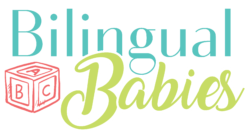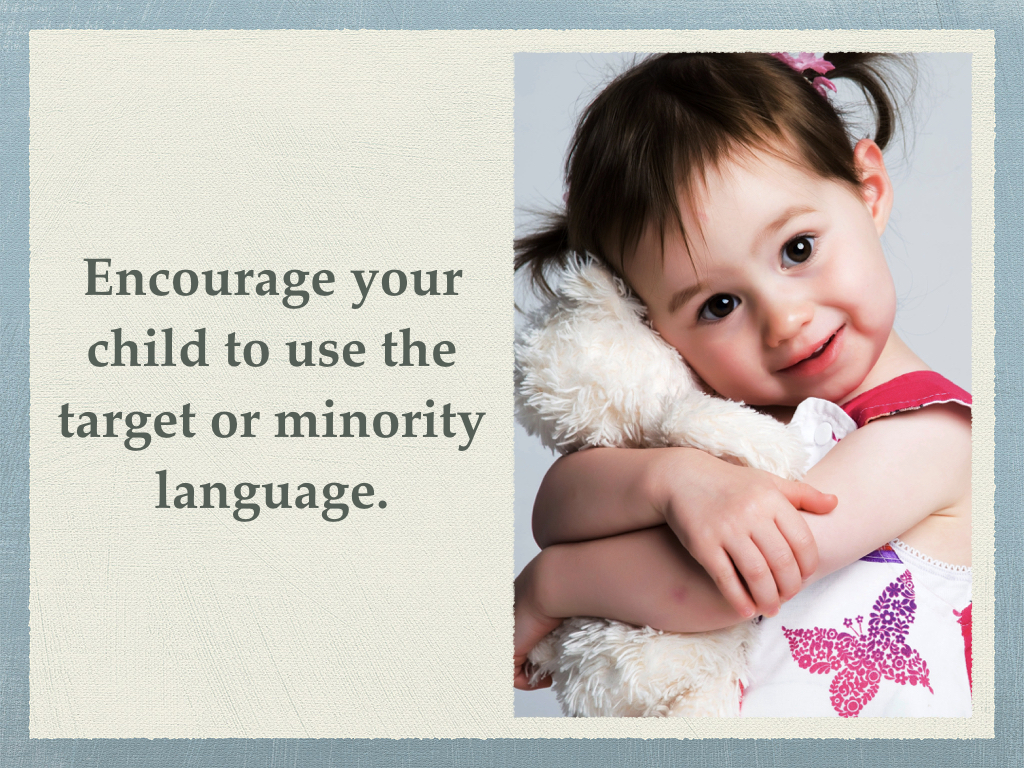Encouragement, praise, and positive reinforcement are very important! A child needs to have positive connections and feelings towards a language to make progress in it. It’s important that your child wants to use the language because it feels good and she connects something positive with that language.
Positive feedback and reinforcement can come in a variety of forms. The first thing that probably comes to mind is praising a child (especially a young one) for using the target or minority language. However, there are many other—maybe even more effective—ways to build that positive environment such as gestures, facial expressions, follow-up talk etc. For example, picture a situation in which your toddler says “book” in the minority language (or Buch, libro, βιβλίο, boek, könyv etc.) while pointing at a particular book. Simply by smiling and handing her the book do you acknowledge her language use. Plus,you provide a positive outcome and meaningful experience. Additionally, you can follow up with questions about the book to engage her to talk more. So using sincere praise, non-verbal cues, further conversation, or a combination of them can help create that much needed positive and rewarding environment.
Hence, using reinforcing language or positive feedback is almost like a support system that helps to encourage your child to use the target language.
Challenge: Try to monitor your own approach!
-
-
- Do you use positive reinforcements?
- If so, which strategies do you use?
-

